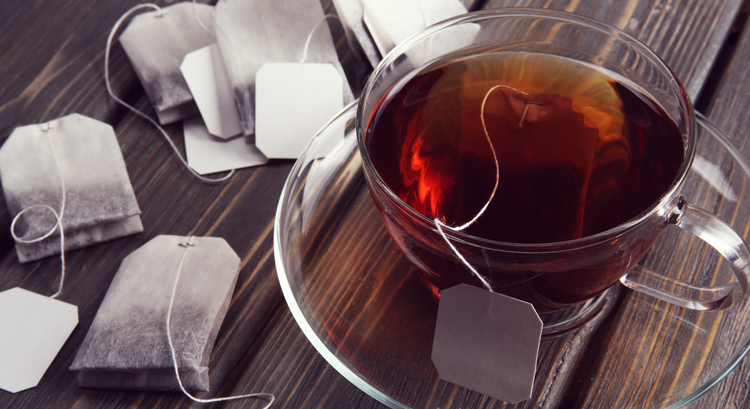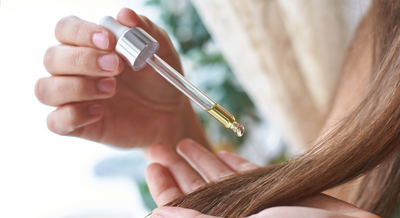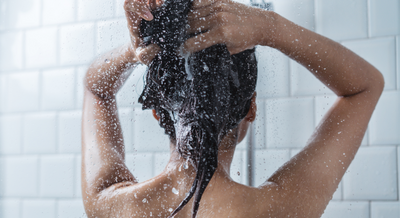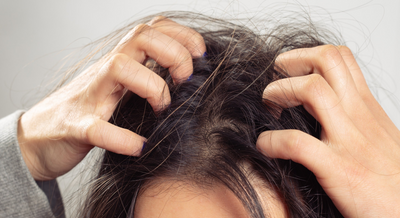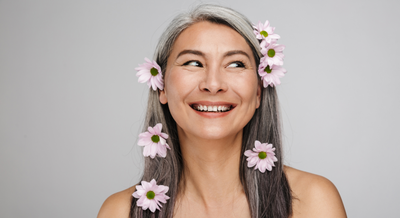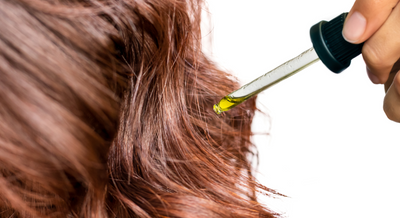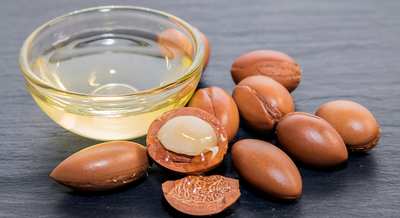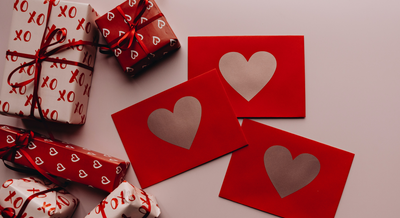Tea Rinses: A Guide for Each Hair Type
As the world continues to embrace more natural and organic products, there has been a bit of a recent DIY craze going on in the beauty world. One popular skincare technique is the creation of an at-home mask, which can comprise of all kinds of ingredients such as clay, honey, and yogurt, with goals ranging from acne-clearing to detoxifying to hydration-enhancement. Others have adopted the practice of taking a bath soak, with many incorporating a variety of healing and aromatherapeutic ingredients to help moisturize and soothe the skin. What these techniques have in common is not only the ability to tailor each product to the user’s specific needs, but also providing users with the incredible, nutritious benefits of various natural and organic ingredients.
In the world of haircare, this phenomenon has taken the form of the at-home tea rinse. Tea rinses are an incredible way to infuse your hair with all of the amazing nutrients contained within the different varieties of tea leaves and can be tailored to fit each individual’s hair type and hair needs. Read below for a how-to guide on how to do a tea rinse, as well as our pick for the best tea for each specific hair type!
How to Do a Tea Rinse
Before diving into what teas to select, it’s important to understand what a tea rinse is and how to perform one. Our handy guide below lays out this simple, easy-to-follow process!
Supplies
When it comes to performing a tea rinse, you’ll first need the following items:
· Tea bags
· Water
· Spray bottle
· Shower cap
· Shampoo
· Leave-in conditioner
In terms of the amount of water and tea, we find that it’s best to use about two bags of tea for each cup of water used. For short hair, one cup of water is plenty, while longer hair may need two or three cups.
Instructions
Once you’ve gathered your items, follow these steps:
1. Boil water.
2. Steep tea bags in water until completely cooled.
3. Remove tea bags and pour water into spray bottle.
4. Wash your hair with shampoo and rinse with water.
5. Spray your hair with a generous amount of tea water, making sure to reach the roots and scalp.
6. Cover hair with shower cap and allow to rest for 45 minutes to an hour.
7. Remove cap and rinse hair.
8. Apply a leave-in conditioner and allow hair to air dry.
Choosing a Tea for Your Hair Type
Now that you know what a tea rinse and how to perform it, you’ll need to pick your tea of choice to best match your hair type and fulfill your specific hair and scalp needs. This aspect is crucial for the success of the entire process, as different tea leaves possess different qualities and can bring both positives and negatives to different hair types. Additionally, many teas possess natural color pigments that may lighten or darken specific hair colors.
Green Tea
One of the most famous varieties of tea out there, green tea comes from the leaf of the camellia sinsensis plant and originated in China. The tea has an herbal, grassy smell and taste, with a characteristic green-colored hue. This tea is low in caffeine but high in the amino acid theanine, which helps provide a calming, relaxing feeling.
Aside from its great taste and soothing effects, this tea is beloved for its incredible nutrient profile. Green tea is loaded with polyphenols such as EGCG (EpiGalloCatechin Gallate), which provide incredible antioxidant effects that help prevent early signs of aging and UV damage. Additionally, these polyphenols can help lower inflammation and accelerate skin repair.
Green tea is a fantastic option for those with scalp issues, as it helps to soothe and repair an irritated scalp while reducing inflammation. While excellent for all hair types, this is especially good for dry hair types, as its low caffeine content prevents any dryness. Additionally, its antioxidant ability helps prevent sun damage to the hair and scalp, making this an all-around superstar!
Black Tea
Another extremely common tea, this also comes from the same camellia sinsensis family as green tea, only from a different variety that creates a more oxidized leaf. This tea features a characteristic black color, and has a smoky, bitter taste. Its high caffeine content makes it a popular alternative to coffee, and is classified as a potent stimulant
Like green tea, black tea is filled with a variety of polyphenols that serve as antioxidants to prevent age and sun-related hair and scalp damage. Additionally, it has been theorized that black tea contains a compound that is capable of preventing the transmission of DHT, which is a hormone known to cause hair loss.
Black tea is a fantastic tea choice for many, but special considerations need to be taken into account. Because of its dark color, its best used on a hair type that isn’t too light, otherwise there’s a high risk of color change. Additionally, its high caffeine content can be extremely drying for some, so this is definitely one to avoid if you have any scalp or hair dryness concerns. However, if you have normal or oily hair with a darker hair color, black tea can help prevent hair loss while also boosting the growth of hair follicles due to its energizing caffeine content!
Rooibos Tea
Lastly, here’s a tea for all those red-haired girls out there! Rooibos tea originates from South Africa and has a woodsy, herbal flavor. Its most striking characteristic is its red color, although some varieties can be produced in a green shade. As a caffeine-free tea, this tea is perfect for those sensitive to stimulants or just simply looking to enjoy a delicious, herbal refresher.
The tea is loaded with antioxidants, particularly quercetin and aspalathin, making it excellent at preventing age-related damage and UV damage. Because the tea is produced via fermentation, it also contains a variety of fermentation byproducts that can help improve hydration and rejuvenate the skin and hair.
Because of its red color, this is perfect for those with red hair looking to refresh their hair tone. Additionally, this can also help those with lighter or darker hair to add some redness to their hair color.

